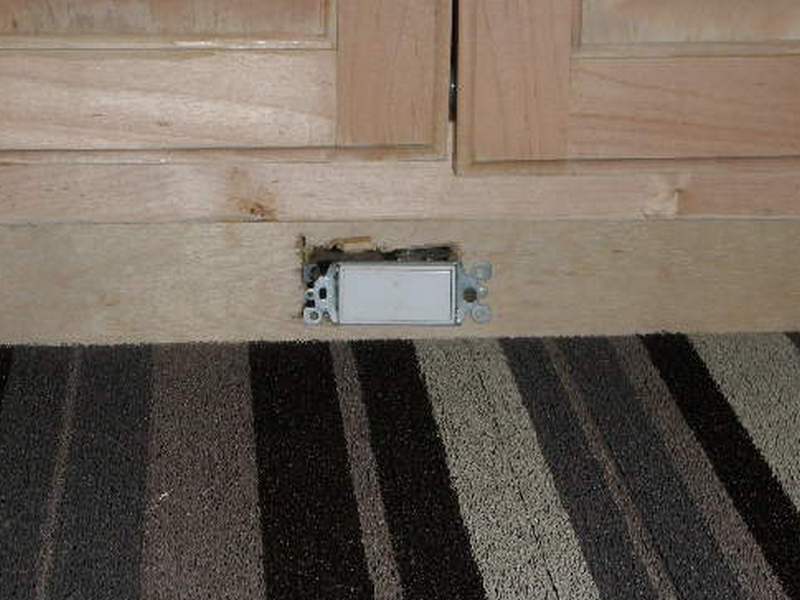The United States is the global leader in the use of garbage disposals. About 50% of homes have one, compared to 3-5% in Canada. Historically, they have been prohibited in many localities. New York City only rescinded its ban on them in 1997. Their environmental impact is debatable. Food waste can be problematic in landfills. Its high water content means it take more energy to burn it in a waste-to-energy plant than it creates. Overall, a disposal’s low energy usage is balanced out by the useful biogas contribution the food waste provides to well-managed sewage treatment plants. As inspectors, we want to ensure that the garbage in the disposal keeps flowing away without any concerns.
The more powerful a disposal is, and the more stainless steel in its construction, the longer it will last. Inspect for a smooth, quiet operation and for any signs of leaking. Look inside with your flashlight for significant corrosion. The rubber splash guard must be in place at the sink drain for safety. Additionally, power switches should not be placed on the cabinet’s front surface or toe kick where they can inadvertently be pressed and turn on the appliance.
The garbage disposal is leaking. This can cause water damage. Replacement may be required. Replace the disposal.
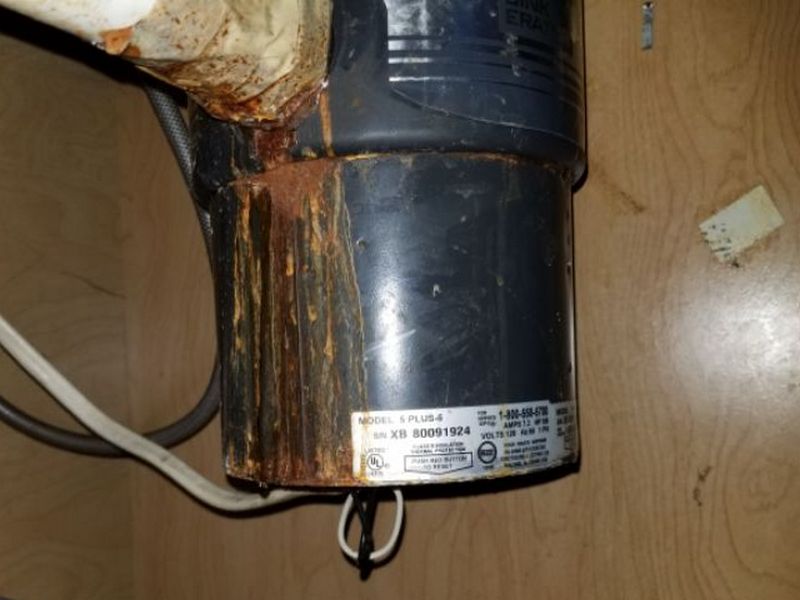
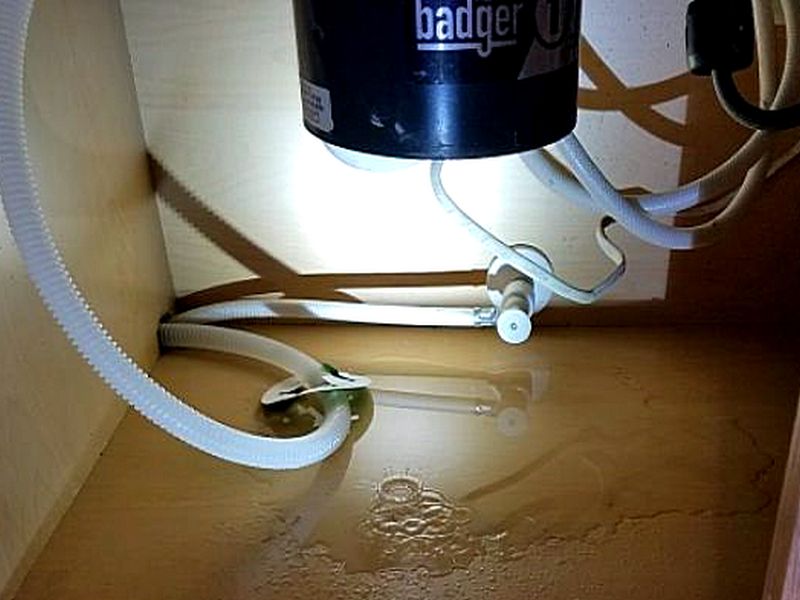
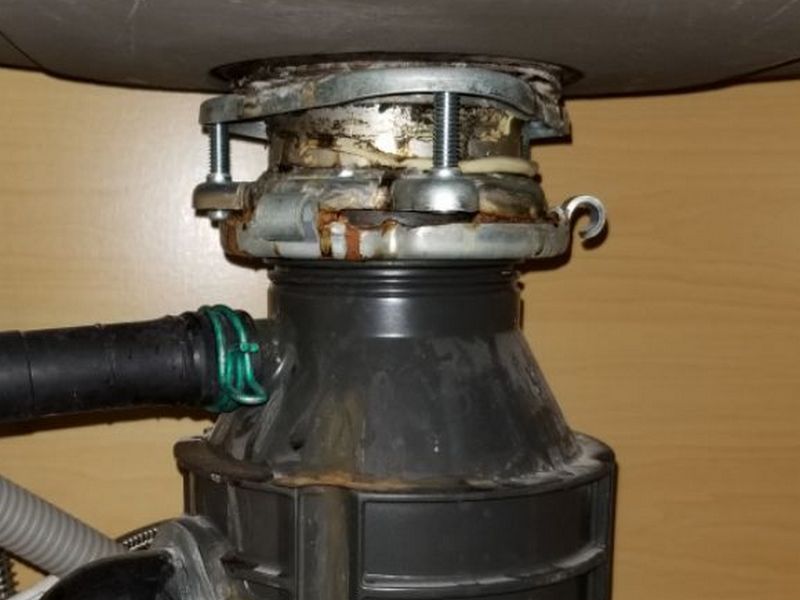
Debris is present in the garbage disposal. It does not function as intended. The debris may have caused damage to the inside of the unit. Clean the disposal. Replace the appliance as needed.
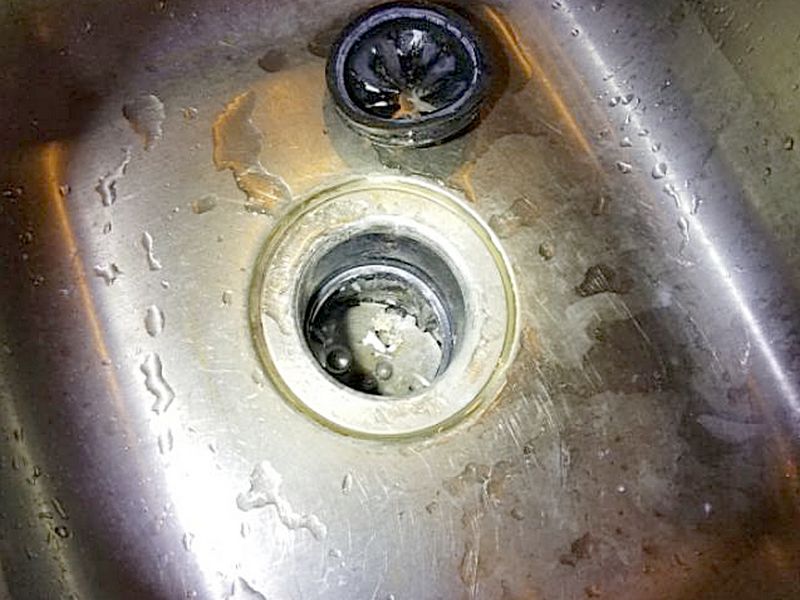
The garbage disposal’s rubber splash guard is missing. This is a safety concern. Install a splash guard.
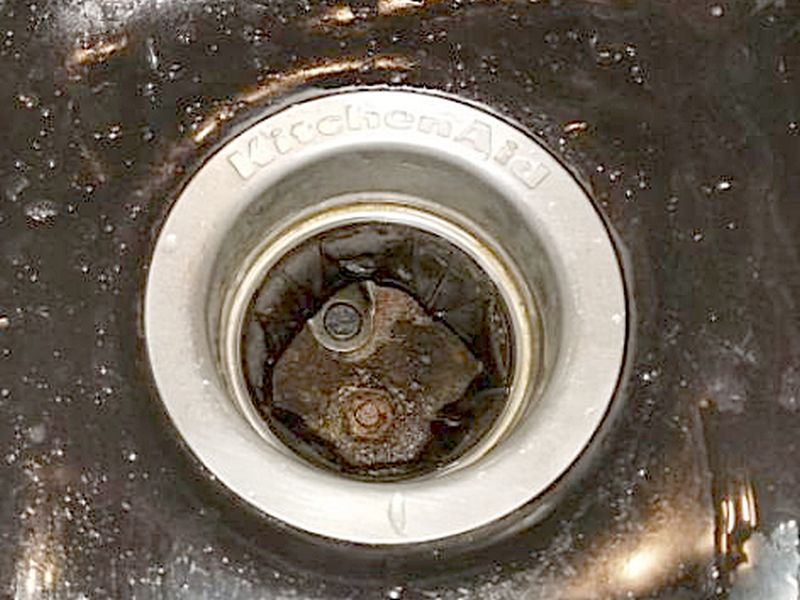
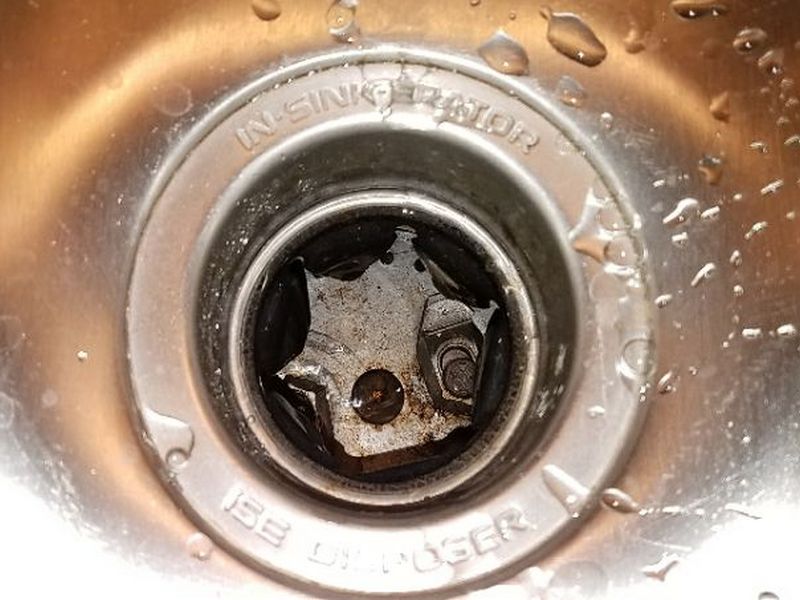
The garbage disposal is excessively corroded. This indicates a failing and unreliable appliance. Replace the disposal.
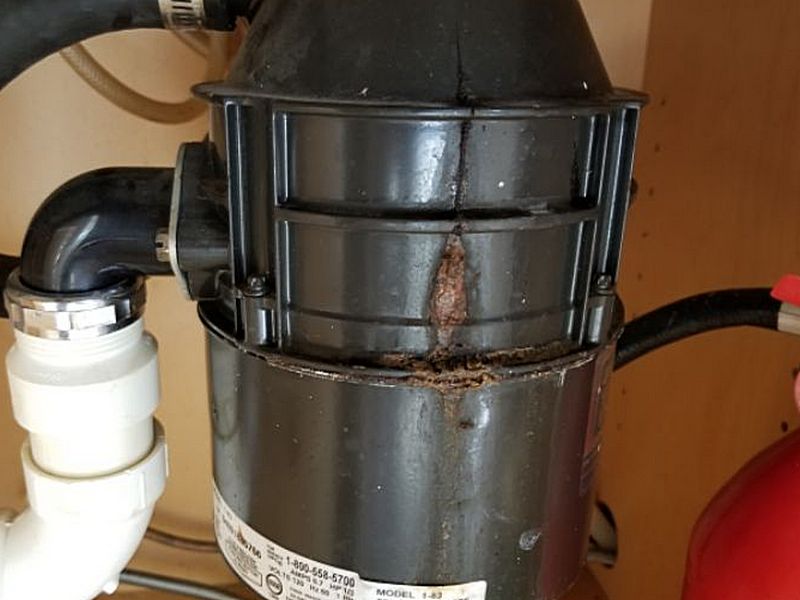
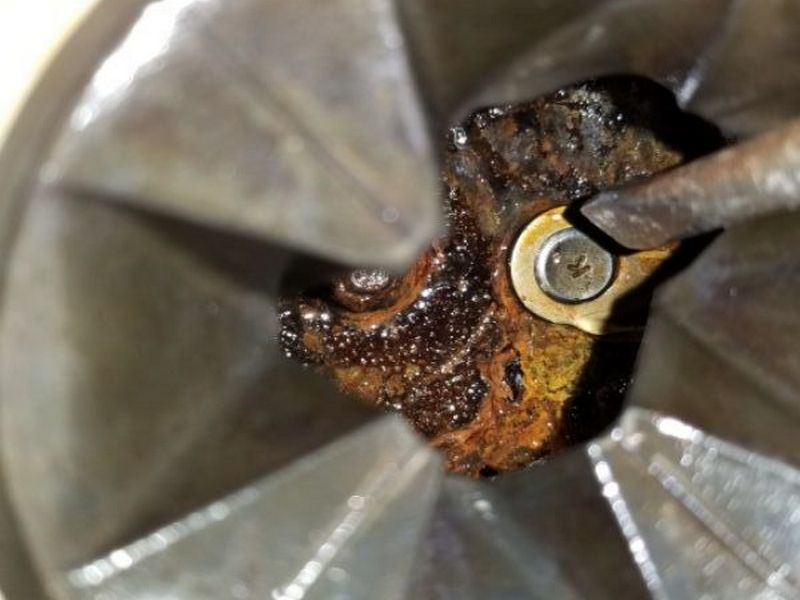
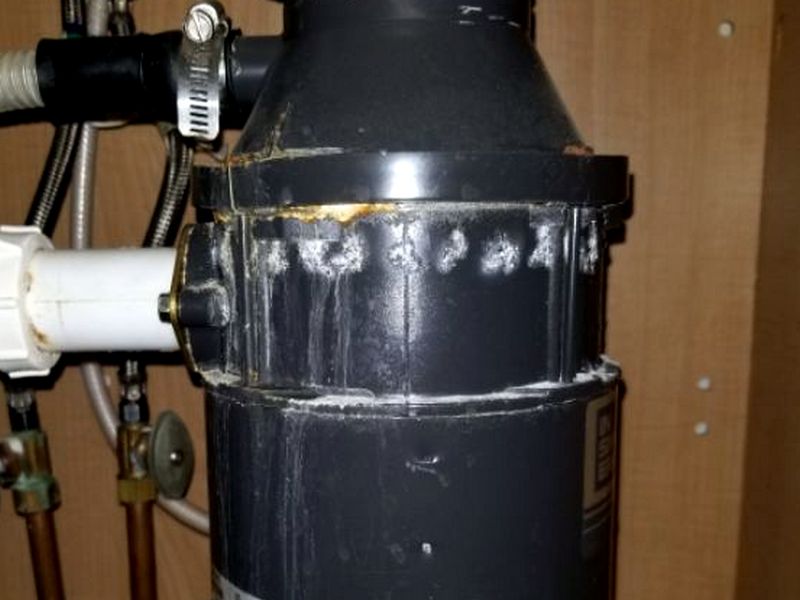
The garbage disposal’s power switch is in an unsafe location. It can be accidentally turned on while working at the counter. Hire an electrician to relocate the power switch to a safe and appropriate location.
